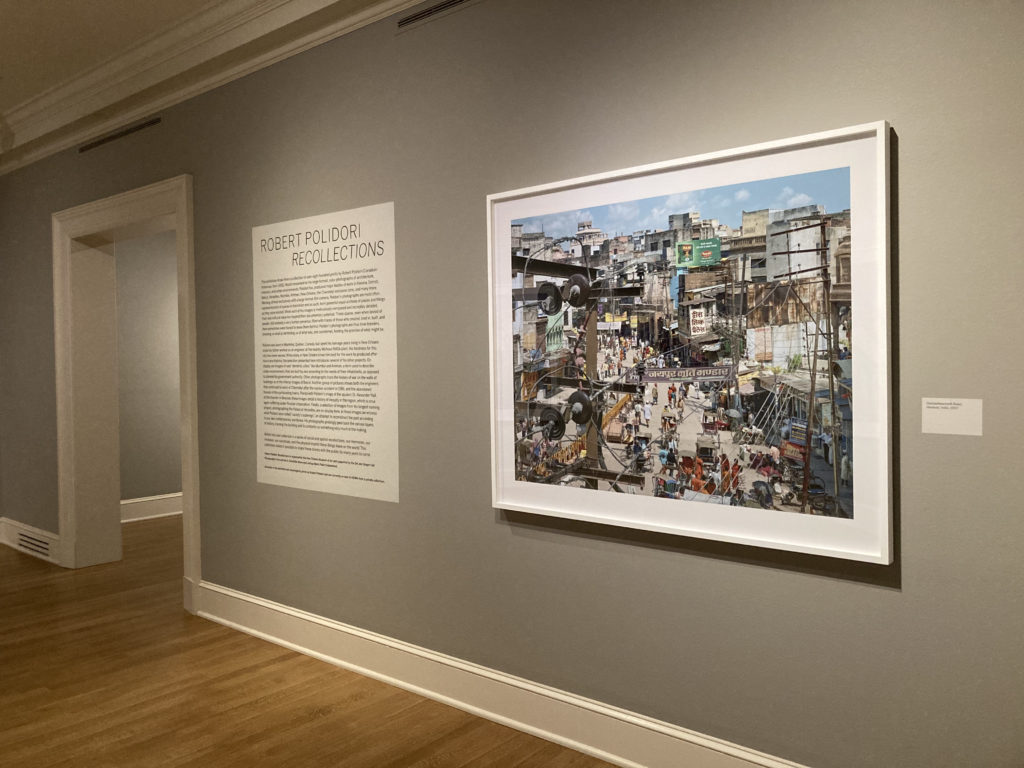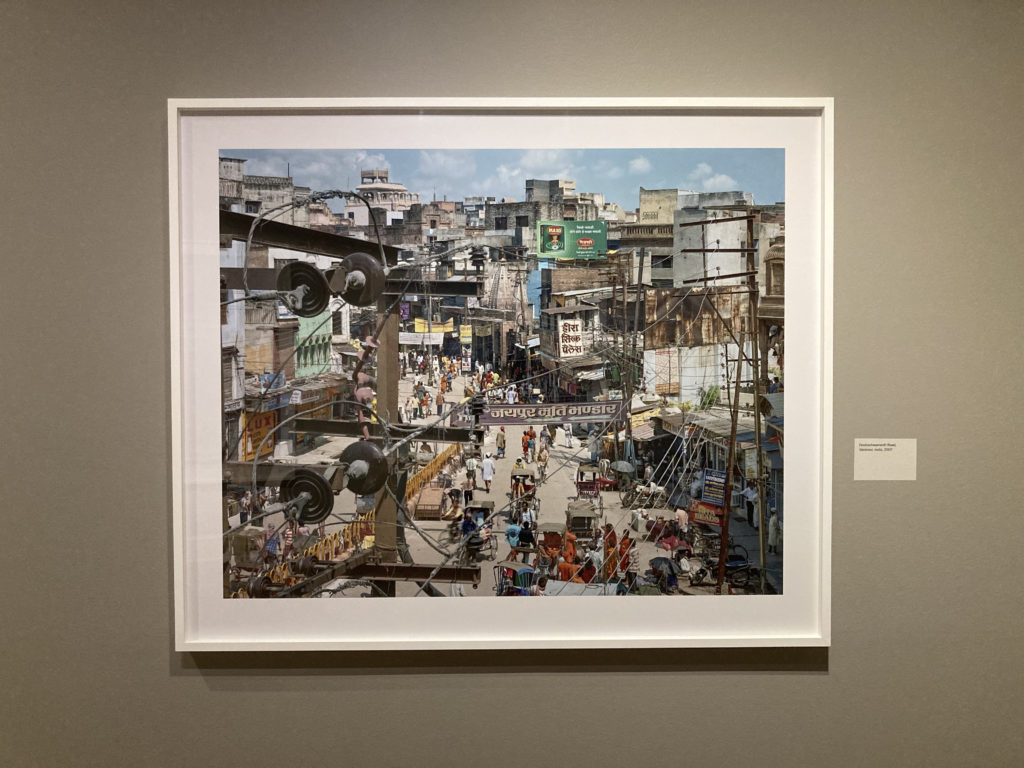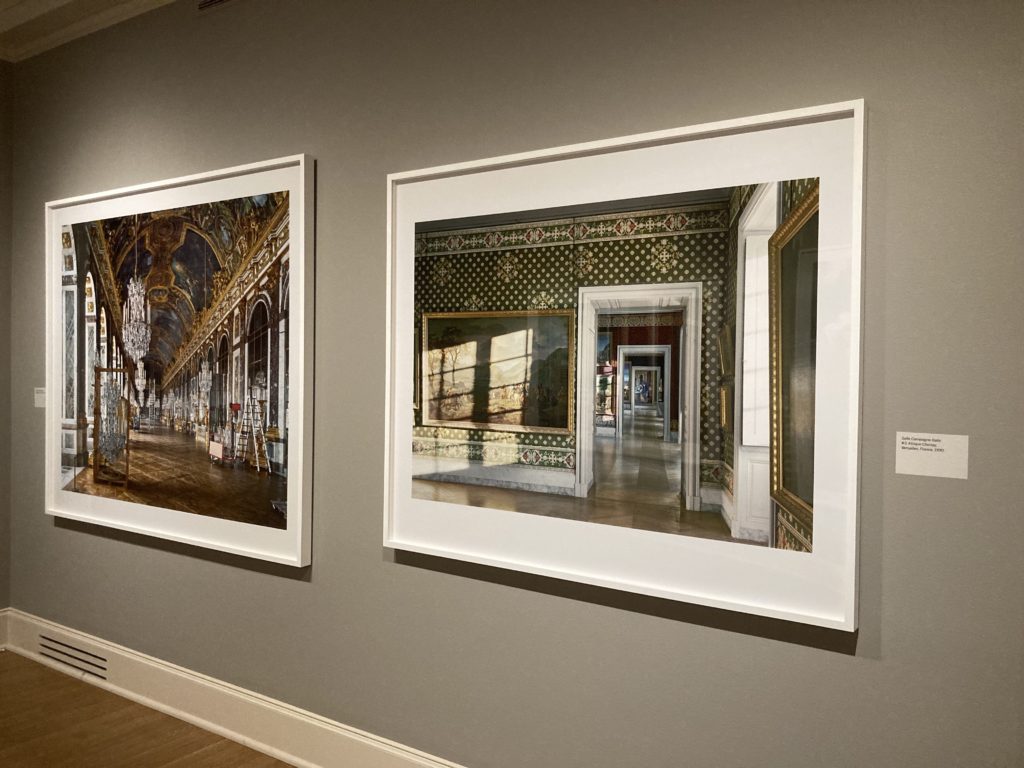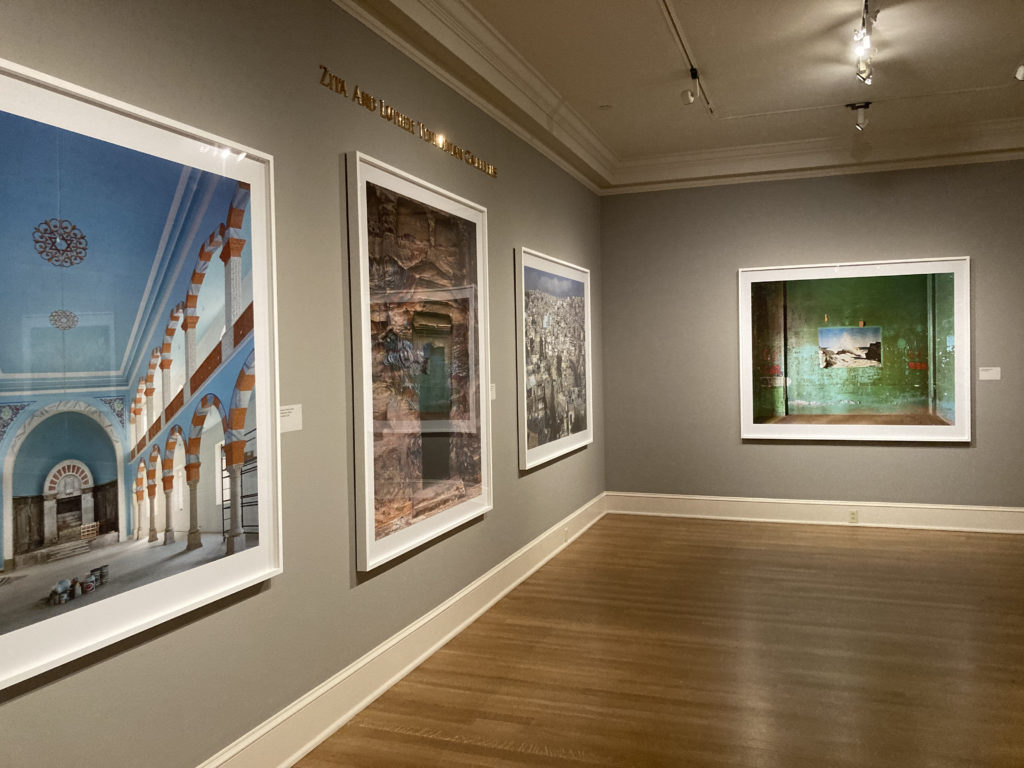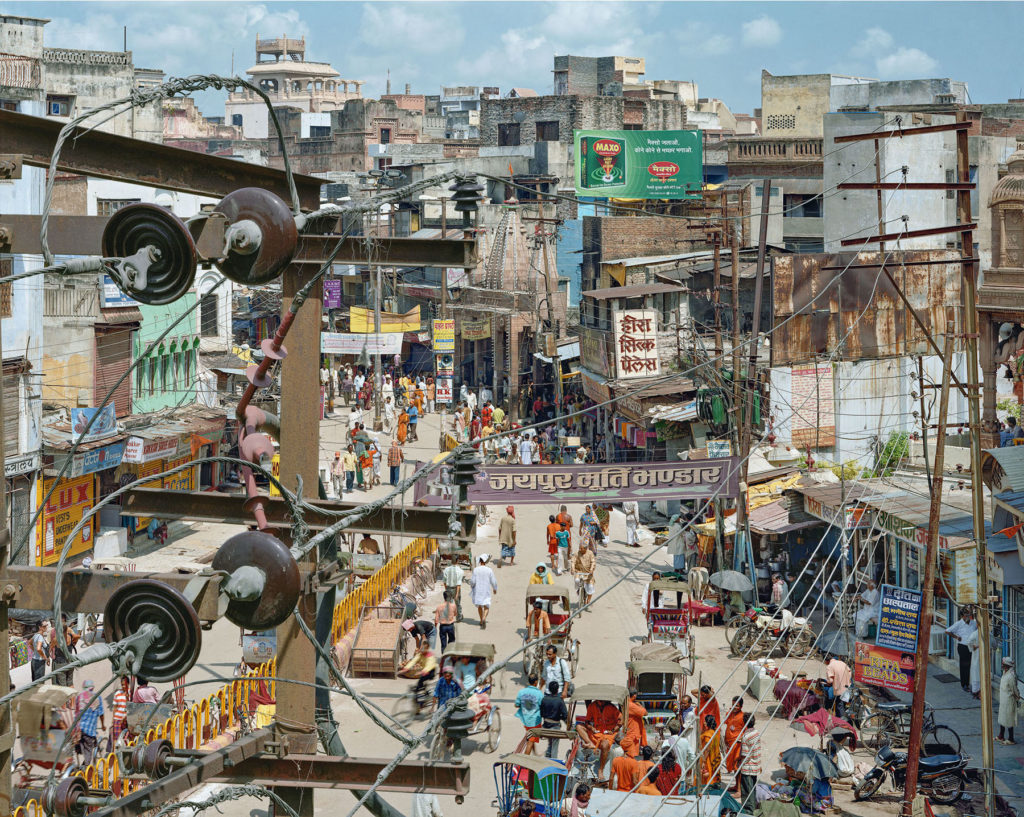How do you look at a photograph? I actually shrugged my shoulders in the first gallery of Robert Polidori‘s exhibition Recollections at New Orleans Museum of Art. I was surrounded by gorgeous, large-format photographs and, as often happens to me in front of photographs, I immediately grew insecure about my lack of expertise, about not “getting it.” Painting is my first language, but I can pretty confidently engage with art in most forms. What is it about the photograph that makes me feel like I’m lacking something? How do you look at a photograph?
My plan had been to spend an hour at the museum looking at a single painting probably from from the permanent collection, maybe one I had previously ignored. This is something I do, a so-called practice. But then Charlie came to say hello at the reception desk and urged me to visit the Polidori exhibition upstairs. Looking at a single painting would have been the easier course. I could tackle the question, how should I look at a photograph?, another day. Does looking at a single photograph make sense? Would I need to study at all of the work in the exhibition to access the artist’s intentions? Is that the case with photographs in general? My initial question was starting to crack open and let other questions emerge.
Time is an element embedded in every artwork. I was aware of time (I had an hour to spend at the museum) as I made a cursory survey of the exhibition. On the surface, a photograph is almost the temporal opposite of a painting, whose surface holds layers of time, time documented the artist’s engagement with the material. The surface of a photograph is (usually) the record of a millisecond of light. Polidori’s entire show of photographs scarcely clocks a minute if you count only the actual capture of the image. I thought about the connection between photography and time. Each photograph in the exhibition alluded to the pressing of time, historical time, on a single moment: a city street, 2007, where no one seems to be holding a phone, restoration at Versailles, and a pause in the goings on at Chernobyl. I texted my photographer friend, Vasantha, essentially asking him how to view an exhibition of photographs. Finding the question a little broad for the medium of text messaging, we spoke by phone (this was later, after I had left the museum). Vasantha said he tours the entire show, then goes back to look more closely at maybe five photographs, and finally, later, he thinks about the work later at home. I thought it was so interesting to include this last part and I have thought about it many times since. When I leave a painting, I miss the physicality of it. Photographs return to the mind differently, like the show’s title, as recollections, as memory.
After looking for some moments at each photograph, I returned to the beginning of the exhibition and looked at the photograph whose title card read, Dashashwamedh Road, Varanasi, India, 2007 Dashashwamedh Road is a densely-packed image of architecture, people, electrical wires, lettered signs, bikes, rickshaws everything there is. Details continued to emerge as I stood there looking at it: patterns of shape and color, the fact that there are no signs of life on the top half of the photograph. A bell halfway up the left side sits in a pocket of space and I imagine everything within the frame emanating from this detail. Almost everything is in focus, something the human eye could not manage in the moment of the photograph. In real time all details, near and far, centered and peripheral, cannot be in focus at the some time. In a photograph like this all of it is available to see. Every second the human brain can take in 11 million bits of information, but it can only handle about 40 to 50 bits per second. When we perceive something through our eyes, our brains hold the image briefly then re-codes it for storage. Our minds do not truly retain images; they store our brain’s processed version of the information. The photograph allows us to pause a single instant, to consume more of it over several minutes than we could in real time. We can become conscious of bits of information that would have been buried in our subconscious or tossed aside.
Does photography, distinct from other forms, have a unique and essential relationship to perception and memory? So… down the rabbit hole I went when I got home from the museum. Here is how, in a lay-person’s paraphrase, image memory works: we see and then our brains re-code the image for storage. Sometimes the term eidetic memory is is used interchangeably with photographic memory and some people debate the existence of one or define them in different ways. From what I understand, those who have eidetic memory can retain an image longer than average before it is re-coded. The image remains external to the brain like a photograph. Polidori’s photographs fix a moment before the viewer, offering something like that eidetic experience of an image prior to processing, raw and suspended. This is not “decisive moment” photography. In an 2007 interview with Michèle Gerber Klein in BOMB Magazine, Robert Polidori said,
I would say that since World War II, photography has gone through a revolution with the small, handheld cameras. Cartier-Bresson is credited with “the decisive moment, but there is a whole school of practitioners of l’instantané, the snapshot. It was thought to be more modern and revelatory. Whatever. For me, these pictures are not so revelatory of truth. I find them more—how should I put it? Stylistic.
I have no dog in the fight (if there is a fight) between decisive moment snapshot and the more obviously orchestrated photograph, but that is one of the most sharp-elbowed, view shifting whatevers I’ve read.
When I finally moved on from looking at Dashashwamedh Road I was almost out of time. I walked through the exhibition once more, thinking I should come back and see it all again. Einmal ist Keinmal. Speaking of returning, no matter how much art I see, I have to remind myself to return again and again to that place of not-knowing, to ask the questions I am avoiding. How do I look at a photograph? In the BOMB interview, Robert Polidori said, “where you point the camera is the question and the picture you get is the answer to decipher.” I can work with that.
